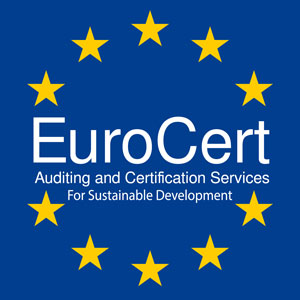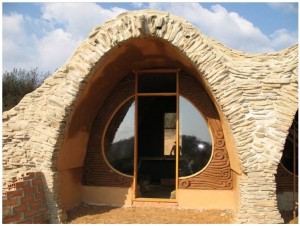Are Compressed Earth Blocks the Sustainable Building Material We’ve Been Looking for?
Compressed earth blocks are an ancient building material and technique. Buildings made with compressed earth blocks have stood for centuries—millennia even—there’s no question that these structures are durable. But, why are they making a come back? Could compressed earth blocks be the sustainable building material that we’ve been looking for all along?
As people are becoming more concerned about the environment and sustainable building materials, compressed earth block construction is enjoying a resurgence.
How are Modern CEBs Made?
With modern building techniques, compressed earth blocks, or CEBs, are more durable and effective than ever.
Instead of the traditional method which required pressing each block by hand, machines press a mixture of earth, clay, and sometimes sand into sturdy blocks. The blocks are then stacked by hand like bricks, held together with a thin layer of slurry made from the same material as the blocks but thinned down with water.
Environmental Benefits of Compressed Earth Blocks
CEBs appeal to builders with environmental concerns. Here are some of the eco-friendly aspects of this ancient form of construction that make them a natural fit for the modern green home.
1. Compressed Earth Buildings Offer Energy Savings
Thermal mass is an important aspect in saving energy. This refers to the heating and cooling of the walls themselves, or “passive” heating and cooling. A building with CEB walls absorbs heat and releases it evenly, adding to the comfort of the inhabitants. Energy savings are significant as a lot less energy is required to heat and cool such buildings.
2. CEBs are Sustainable — the Ultimate Renewable Material
Earth is a renewable, abundant resource. Unlike fiber board, plywood, and other modern building materials, its production does not require the use of dangerous chemicals.
3. Compressed Earth Blocks are Made from Natural Materials
With “sick building” syndrome a real concern, natural building materials are being looked at as a viable means of avoiding such sensitivities. CEB walls do not “out-gas” chemicals like formaldehyde.
4. CEBs are an Inexpensive Building Material
In poor communities, CEB is especially advantageous. The compression machines can be powered or operated by hand. The earth is readily available, and there is no cost to import building materials. Also, CEBs do not require a lot of energy to produce like brick or concrete.
5. Compressed Earth Blocks Can be Made Locally
CEBs are made from local earth. This means there are no fossil fuels used to transport building materials from as far away as China.
6. CEB Homes Are Naturally Insect Resistant
Many homeowners have had to call in a pest control specialist at one time or another. Some people have regular applications of pesticide in and around their homes. The environmental issues with pesticide use are numerous. But CEB homes are naturally insect resistant, reducing the need for chemical pesticides.
7. Less Waste and Long Life
CEB homes are fire, insect, and water resistant. They last for many years. This means less waste in the long run. Fewer repairs will be needed for the structure, and rebuilding due to fire or water damage are practically unheard of in CEB homes.


